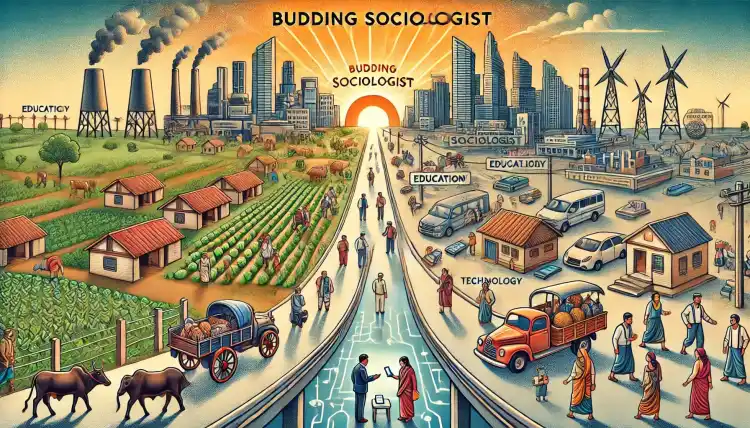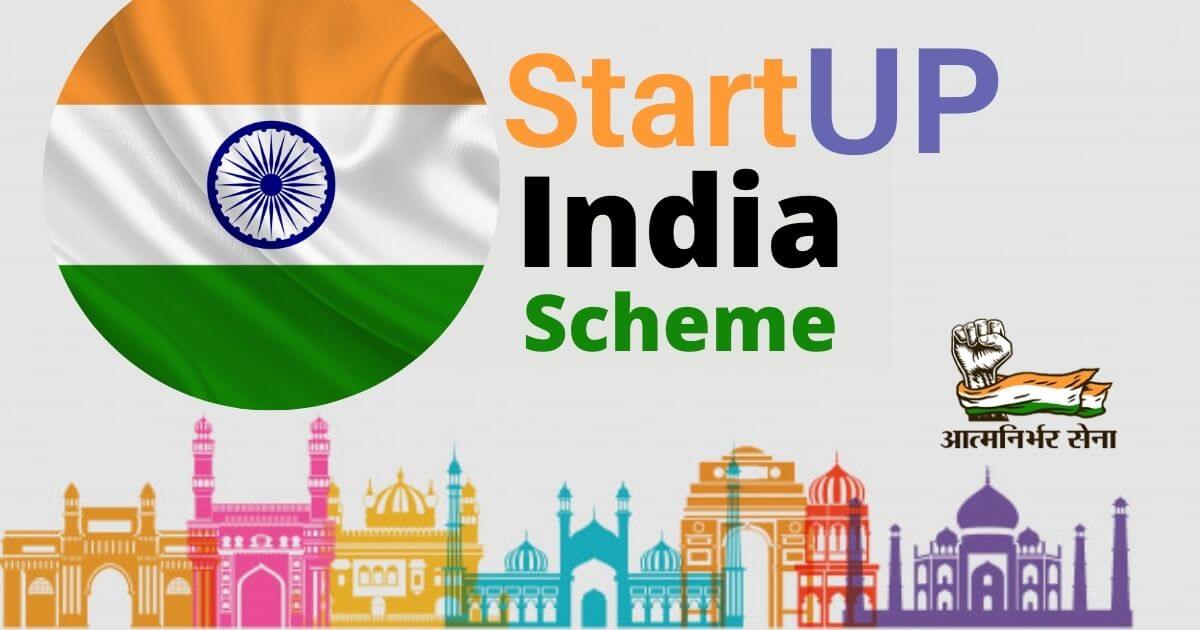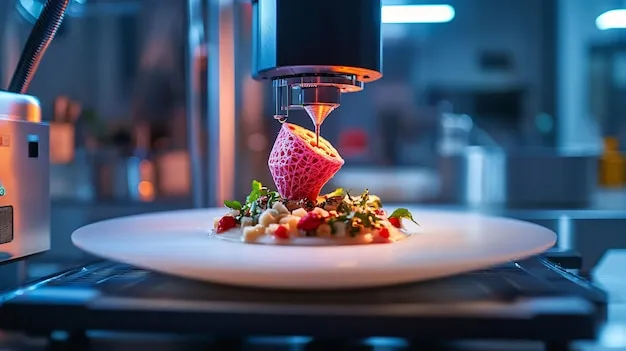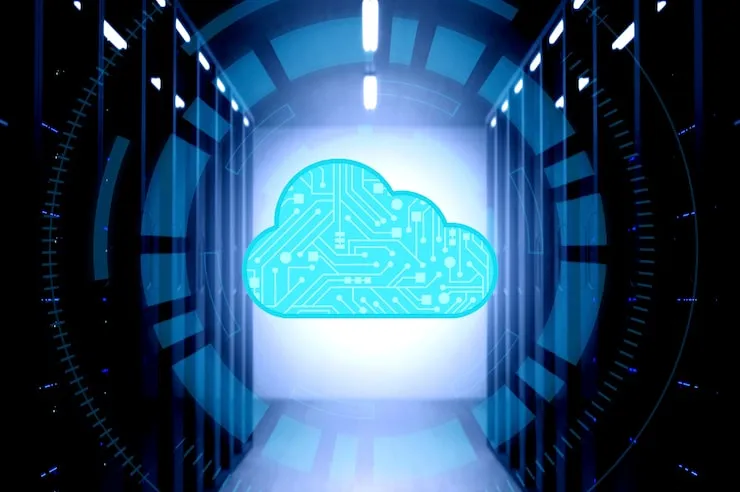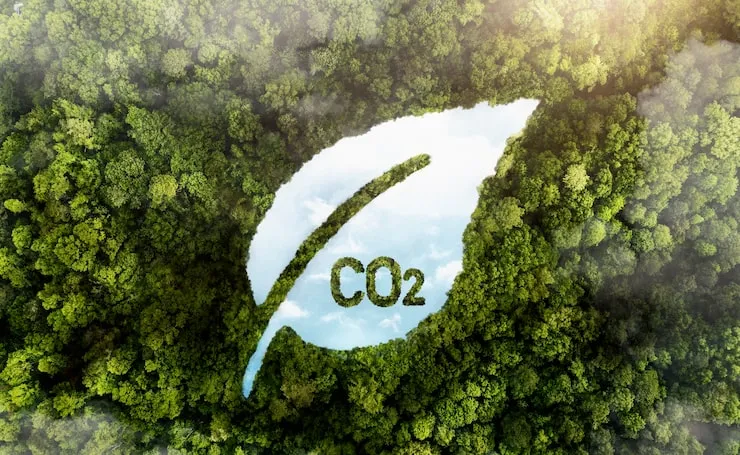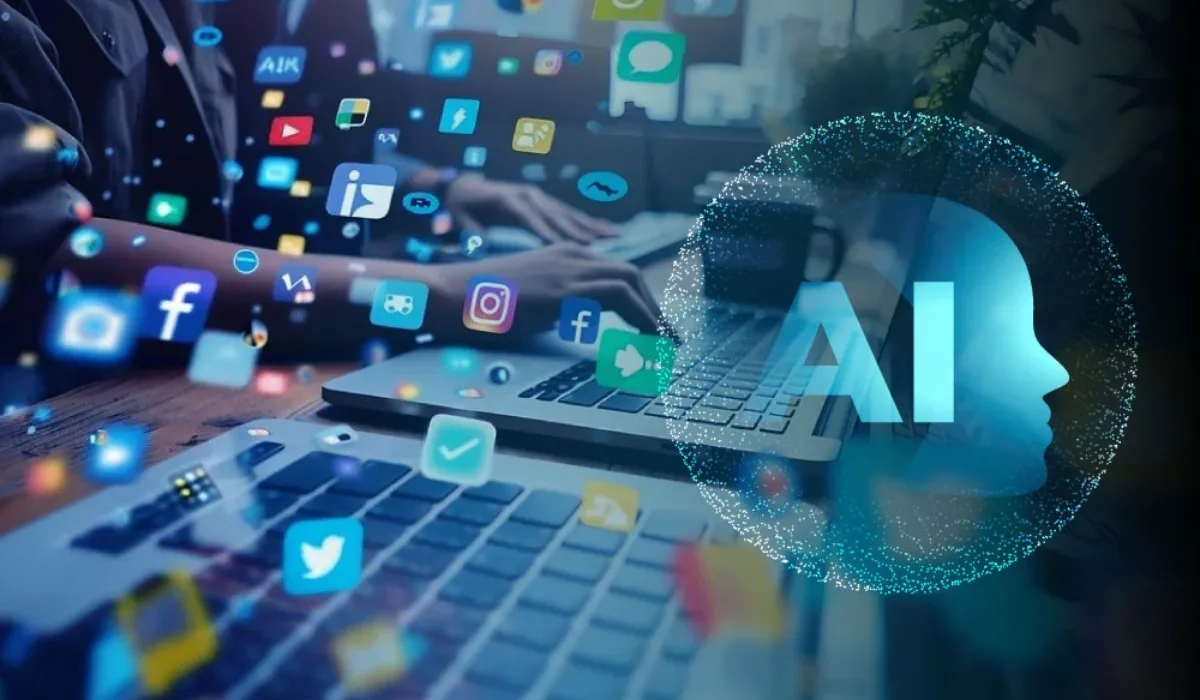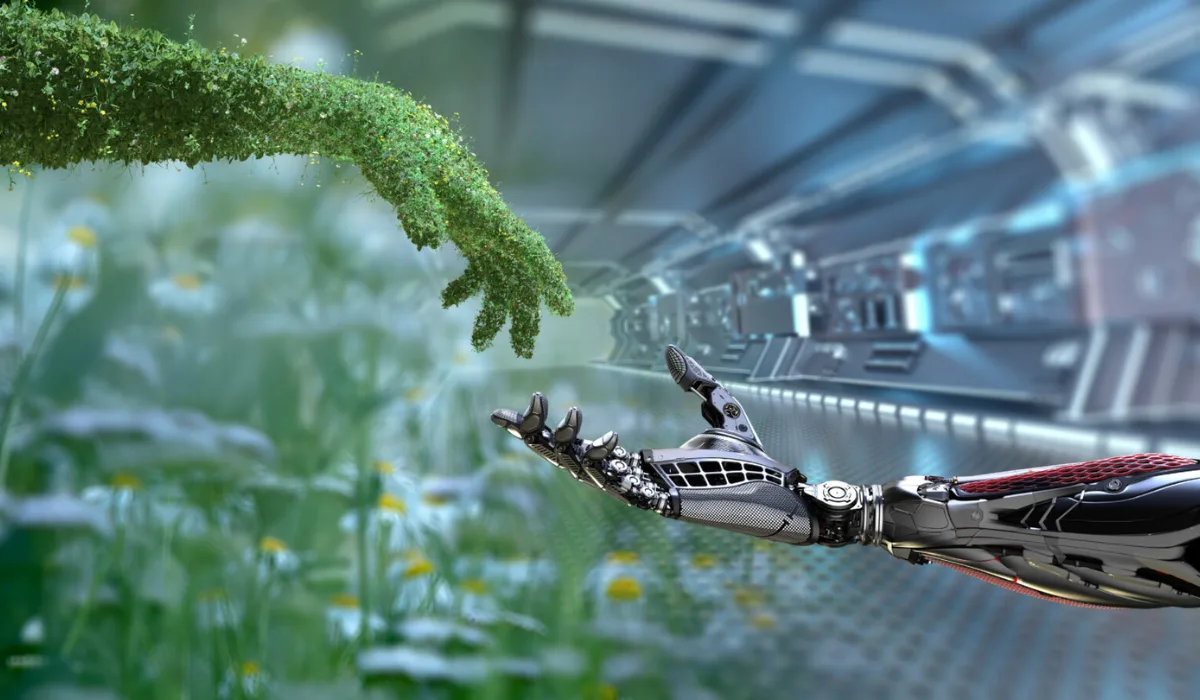Have you ever thought about how much India has evolved throughout the years? From little towns to large the city from typical jobs to modern jobs, India has seen many major changes! Today, I want to share what I've learned about Indian social change and modernization theories in a way that's easy to understand.
What Are Indian Social Change And Modernization Theories?
Indian social change and modernization theories are ideas that help us understand how India is changing from an old-style society to a modern one. These theories look at how people's lives, jobs, education, and beliefs change over time.
I remember visiting my grandparents' village when I was young. People lived differently there compared to my city home. They had different jobs, different daily routines, and different ways of thinking. This is exactly what these theories try to explain!
Key Thinkers Behind Theories of Social Transformation in India
Many smart people have studied how India is changing. Here are some of the most important ones:
- M.N. Srinivas: He proposed "Sanskritization," a concept that describes how lower caste people seek to raise their status by replicating the rites and practices of upper castes.
- Yogendra Singh: Mixing ancient customs with fresh ideas, he wrote much on how India is updating in its own unique manner.
- Andre Beteille: He studied how villages are changing and how caste systems work differently now.
I once attended a talk by a professor who studied under Yogendra Singh. The professor explained how his own family had changed over three generations - from farmers to office workers to tech professionals. This real-life example shows these theories in action!
Read also: Impact Of Reservation Policies On Indian Social Balance
How British Rule Changed Indian Society
When the British ruled India for nearly 200 years, they brought many changes:
- New laws and government systems
- Railways and modern transportation
- English education
- New ideas about equality and rights
Stories my great-grandfather told about how his father was among the first in their hamlet to receive an English education. This changed everything for their family. They moved from farming to government service, completely changing their way of life in just one generation!
The Clash Between Tradition and Modernity
One big part of Indian social change and modernization theories is understanding how old and new ideas often clash. For example:
- Traditional joint families vs. modern nuclear families
- Village life vs. city life
- Old religious practices vs. new scientific thinking
- Caste-based jobs vs. choosing careers based on education
I saw this in my own large family. While younger cousins are eager about fresh options, my elder relatives during holidays often reminisce about "the good old days." Both views have merits, which points out the intricacy of societal change!
Understanding Sanskritization and Westernization
Sanskritization: Climbing the Social Ladder
M.N. Srinivas created Sanskritization to clarify how certain Indian communities seek to raise their social standing. Here is how it works:
- Lower caste groups notice the habits and customs of higher castes
- They start following these customs (like becoming vegetarian or performing certain rituals)
- Over time, they claim higher status in society
My friend's family stopped eating meat and started performing elaborate religious ceremonies when they became more wealthy. This is a perfect example of Sanskritization happening today!
Westernization: Adopting New Ways
Westernization is another important concept in theories of social transformation in India. It's about adopting Western ideas, technologies, and lifestyles. Examples include:
- Wearing Western clothes
- Speaking English
- Using modern technology
- Following Western education systems
I noticed this when I visited different schools across India. Some proudly focus on traditional Indian knowledge, while others emphasize English and international curriculums. Both approaches are trying to prepare students for success, just in different ways!
Education and Social Mobility in India
Education has been a powerful force for change in India. Here's how:
Breaking Old Barriers
Education and social mobility in India are closely connected. When people get educated:
- They can get better jobs regardless of their family background
- They learn new ideas that might be different from traditional beliefs
- They meet people from different backgrounds
- They gain confidence to try new things
The first in her family to attend college was my neighbor's daughter. She now works as a software developer and completely changes what is feasible for her family. Her younger siblings and cousins now see that they can dream bigger too!
New Opportunities Through Education
Education has created new paths for people that didn't exist before:
- IT and technology jobs
- International careers
- Entrepreneurship opportunities
- Professional careers like doctors, lawyers, and engineers
Giving back at a remote school, I saw pupils studying coding. These children may be computer experts; their parents might labour in sectors; their ancestors had been farmers. This shows how education and social mobility in India create dramatic changes in just a few generations!
The Role of Technology in Indian Social Change
Technology has greatly sped up social change in India:
Mobile Phones and Internet
The spread of mobile phones and internet has:
- Connected remote villages to the wider world
- Given people access to new information and ideas
- Created new job opportunities
- Changed how people shop, bank, and communicate
I was amazed when I visited a small village in Rajasthan. Even though they didn't have reliable electricity, almost every family had at least one mobile phone. These phones weren't just for calls - people used them to check crop prices, transfer money, and help their children with homework!
Social Media and Changing Values
Social media platforms have changed how Indians:
- Express themselves
- Find marriage partners
- Share political opinions
- Learn about different lifestyles
My cousin met her husband through a Facebook group about environmental activism. This would have been unimaginable in our parents' generation when marriages were arranged by families. This shows how technology doesn't just change practical things - it changes deep social customs too!
Read also: Impact Of Indian Social Media On Youth Behavior
Urbanization: Villages to Cities
A huge change in India has been people moving from villages to cities:
Why People Move to Cities
People move to cities for many reasons:
- More job opportunities
- Better schools and hospitals
- More modern lifestyles
- To escape traditional limitations
When I interviewed an auto-rickshaw driver in Delhi, he told me, "In my village, I would always be known as the son of a poor farmer. Here in the city, I am judged by my work and character." His story shows how cities can offer a fresh start for many people!
How Cities Change People
Living in cities changes how people think and live:
- Family structures become smaller
- Women often have more freedom
- People from different backgrounds mix more
- Old traditions may become less important
I noticed this when visiting my relatives in Mumbai. Their apartment building had people from different states, religions, and castes all living as neighbors. Their children played together and celebrated each other's festivals - creating a new kind of community that wouldn't exist in traditional villages.
Women's Changing Roles in Modern India
One of the biggest changes in Indian society has been in women's lives:
From Home to Workplace
More and more women are:
- Getting higher education
- Working outside the home
- Delaying marriage to build careers
- Making their own life choices
My aunt was the first woman in our family to get a job outside the home, working as a bank clerk in the 1980s. Today, her daughters are a doctor and an architect. In just two generations, what's normal for women in our family has completely changed!
Balancing Tradition and New Roles
Many Indian women are finding ways to:
- Maintain traditional family values while pursuing careers
- Blend old customs with new freedoms
- Redefine what it means to be a "good" daughter, wife, and mother
- Create new models of Indian womanhood
I've seen this balance in my friend's home. Her mother-in-law performs traditional religious rituals every morning, then helps take care of the children while my friend goes to work as a software engineer. They've found their own unique way to honor tradition while embracing change.
Caste System: Old Structures in New Times
The caste system has been a major part of Indian society for thousands of years. Let's see how it's changing:
Legal Changes vs. Social Reality
While the Indian constitution banned caste discrimination in 1950:
- Caste still influences marriages
- It can affect job and education opportunities
- Caste-based politics remain important
- Social attitudes change more slowly than laws
When I worked on a community project in a mixed-caste neighborhood, I noticed that while young people played and studied together regardless of caste, older generations still maintained certain boundaries. This shows how change happens gradually across generations.
Reservation System and Social Justice
India's reservation system (similar to affirmative action) aims to help historically disadvantaged groups:
- Reserved seats in education
- Government job quotas
- Political representation guarantees
- Special programs for economic development
My college classmate came from a remote tribal area and attended our university through a reservation quota. He's now working as a government officer in his home region, helping implement development programs. His story shows both the successes and ongoing challenges of addressing historical inequalities.
Consumer Culture and Changing Values
Shopping and spending habits have changed dramatically in India:
From Saving to Spending
Traditional Indian values emphasized:
- Saving money for the future
- Buying only what you need
- Avoiding luxury and show
- Reusing and repairing things
But newer attitudes include:
- Buying the latest products
- Using credit cards and loans
- Showing status through brands
- Experiencing new things through purchases
I remember my grandfather carefully saving every rupee and being proud of using the same watch for 40 years. In contrast, my younger cousin changes his mobile phone every year to have the latest model. This shift from saving to spending shows a deep change in values.
The Shopping Mall Culture
New shopping spaces have changed how Indians shop and socialize:
- Air-conditioned malls have replaced traditional markets
- Shopping is now a leisure activity, not just a necessity
- Global brands compete with local products
- Public spaces are increasingly privatized
When a big mall opened in my hometown, I was fascinated by how quickly it became the center of social life. Families spend weekends there, teenagers hang out there, and even elderly walking groups meet there during hot weather. It's become much more than just a place to shop!
Read also: Role Of Youth In Indian Social Reform
Religious Practices in Modern Times
Religion remains very important in India, but how people practice is changing:
Technology and Tradition
Religious practices are adapting to modern life:
- Online pujas and virtual temple visits
- WhatsApp groups for religious communities
- YouTube videos of religious lectures
- Apps for religious texts and prayers
My mother used to wake up early to do a lengthy puja every morning. Now when she travels, she uses a temple app on her tablet to maintain her daily prayers. The devotion is the same, but the method has adapted to modern life!
Questioning and Choice
Young Indians often approach religion differently:
- Asking questions about practices rather than following blindly
- Choosing which traditions to keep and which to modify
- Finding personal meaning in ancient practices
- Creating new interpretations of old texts
When I attended a Diwali celebration at my university, I noticed how students had created a blend of traditional rituals with modern concerns - using eco-friendly materials and connecting ancient stories to current social issues. This shows how religion continues to evolve.
Looking to the Future of Indian Society
As India continues to change, some key trends are emerging:
Balancing Global and Local
Indians are finding ways to:
- Participate in the global economy while maintaining Indian identity
- Adopt helpful new ideas while preserving valuable traditions
- Connect with the world while addressing local needs
- Create uniquely Indian versions of global trends
A start-up I saw that blends traditional Indian crafts to produce contemporary office goods for foreign markets stood out to me. Using centuries-old techniques, workers create items that attract globally clients, thus striking a great balance between history and invention.
Ongoing Challenges
Despite all the changes, India still faces important challenges:
- Inequality between rich and poor
- Urban vs. rural divides
- Environmental problems
- Balancing development with sustainability
When I traveled from a gleaming tech campus in Bangalore to a drought-affected village just two hours away, I saw firsthand how unevenly change is happening. Some parts of India are in the 21st century, while others remain much as they were decades ago.
Conclusion: The Unique Path of Indian Modernization
Indian social change and modernization theories help us understand that India isn't simply copying Western countries. Instead, it's creating its own unique path that:
- Blends tradition with innovation
- Maintains cultural identity while embracing helpful new ideas
- Addresses uniquely Indian challenges and opportunities
- Creates new models that might inspire other countries
Having seen many of these changes myself, I am intrigued by how India is changing while yet preserving its basic essence. Though the actual narrative is written in the lives of ordinary Indians dealing between tradition and modernity every day, the ideas we explored assist to learn these complex shifts. What shifts have you seen in your own community? How can you combine modern options with old values? Your ideas and experiences in the comments below would be much liked!

